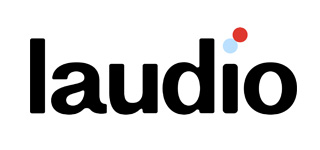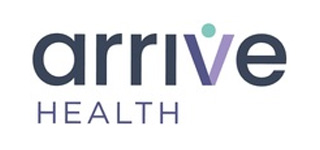Ivantis today released two-year results from a study comparing its Hydrus Microstent to Glaukos‘ (NYSE:GKOS) iStent trabecular micro-bypass stents, touting reductions in medication use and no reoperations for patients in the Hydrus arm.
The Irvine, Calif.-based company said that it is presenting results from the Compare trial today at the American Glaucoma Society’s annual meeting in San Francisco.
“We are extremely pleased with these two year results. These results illustrate the clinical advantages of the Hydrus and its unique, proprietary Tri-Modal mechanism of action relative to focal trabecular bypass. Clearly, scaffolding the canal has unique benefit. Of the over 100 peer reviewed publications in the MIGS space, there are only a small handful of prospective, multicenter randomized trials, and Ivantis has conducted nearly half of those, which is a significant achievement for a company that is the most recent to commercialize in the MIGS category. We are proud to sponsor clinical trials of this caliber, enabling the Compare investigators to advance our understanding of the Hydrus Microstent and the MIGS field overall, and we look forward to the publication of these important two year results. We are grateful to the investigators for their support and contributions,” prez & CEO Dave Van Meter said in a press release.
In the study, Ivantis compared the Hydrus microstent against two large-diameter iStent devices in treating open-angle glaucoma in a stand-alone procedure. A total of 152 patients with mild to late-moderate stage disease were treated at 12 international centers in the trial by surgeons who were “beyond their surgical learning curves for both devices,” the company said.
Results at 24 months indicated that 38% of patients treated with the Hydrus device were medication free, compared to 18.7% of patients in the iStent groups. Medication use was reduced by 1.3 medications, or 52%, on average for Hydrus patients, while iStent patients saw reductions of 0.8, or 29%, Ivantis said.
No Hydrus patients required reoperation to control for glaucoma, while 9% of patients in the iStent group required reoperations, the company said. A total 63% of patients in the Hydrus arm achieved a 20% reduction in intraocular pressure while on fewer meds, compared to 40% of iStent patients. Both groups reported general stability in medication reductions and IOP levels relative to their results at 12 months, the company added.
“The clinical community will be pleased to see 24-month results for the first controlled ‘head-to-head’ trial in the MIGS space, and there are some important and practical takeaways here. First, although this is a controlled trial, it is quite ‘real world’ in the sense that the surgeons were trained experts in both technologies and the population included a wide range of disease severity. Second, we know cataract surgery alone is effective at reducing IOP, and, while the predominant application of MIGS today is in conjunction with cataract surgery, the results of this trial allows us great optimism for the role of these technologies as ‘standalone’ procedures. Third, while not a prespecified endpoint, a critical finding was a statistically significant difference in secondary surgical interventions at 2 years in favor of Hydrus. Ultimately, the goal of all MIGS – and all glaucoma therapy in general – is to stop progression of disease. While both devices had overall benefit for the patient, on this metric, Hydrus as a stand-alone procedure was excellent. This data set is an important contribution to our overall understanding of the role of MIGS devices in our armamentarium,” American Society of Cataract and Refractive Surgeons prez Dr. Thomas Samuelson said in a prepared statement.
Last August, Ivantis said that it won FDA approval for its Hydrus microstent designed to treat patients with mild to moderate primary open-angle glaucoma in conjunction with cataract surgery.



